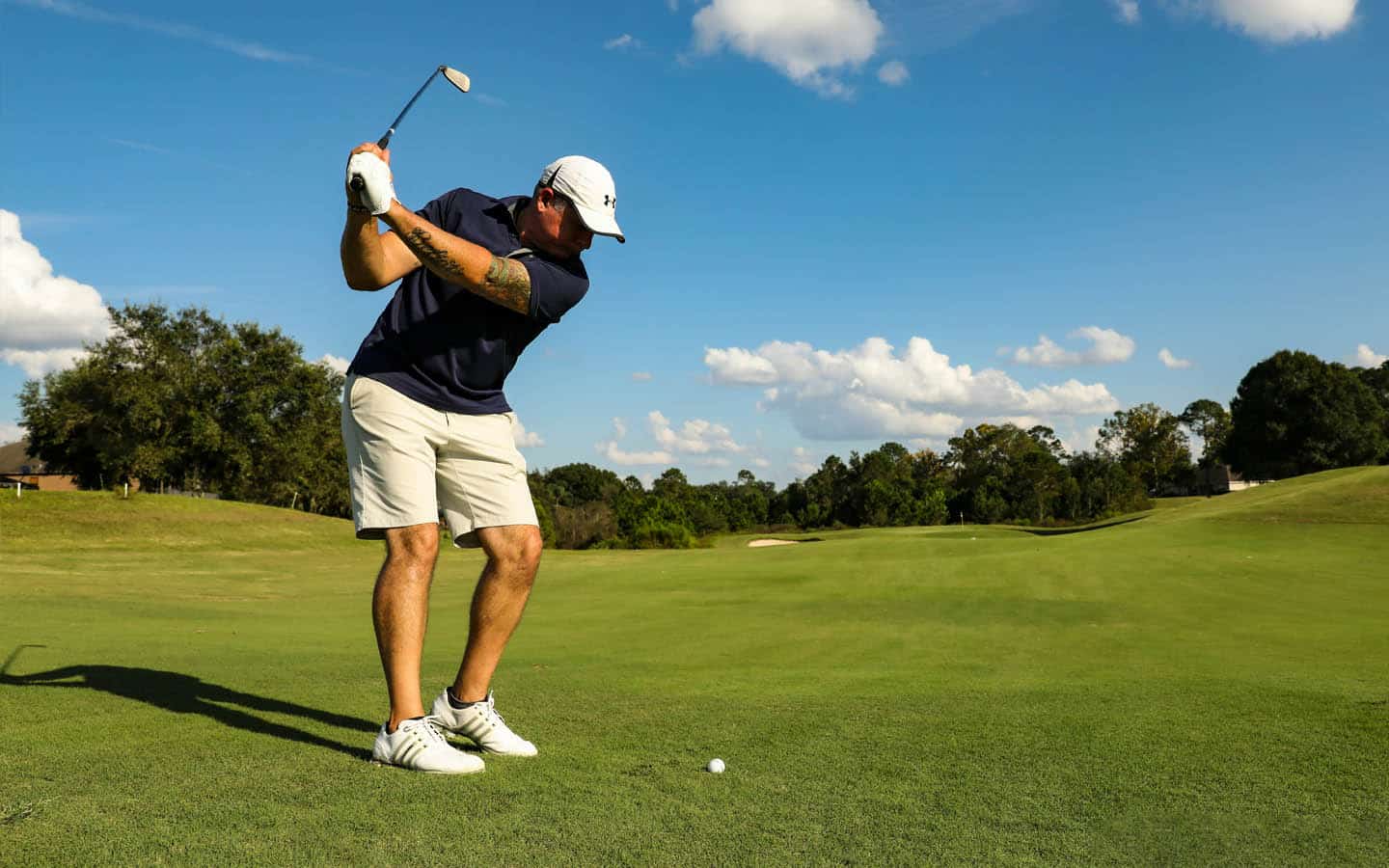
Returning to Sports after Hip Replacement
An exponential increase in hip replacements is expected by 2050, in some countries up to 100%. In 2015, there were 1.8 million total hip replacements performed worldwide(1). The greatest increase has been in the 45-54 age group, which presents different demands and expectations as compared with their older counterparts(2). These patients are more likely to want to return to sport as compared with older patients who are primarily aiming for relief of symptoms and improved ability to complete functional activities. Participation in sport activity prior to surgery and younger age at time of surgery are predictive of greater likelihood of return to sport. A systematic review and meta-analysis reviewing return to sport found that on average, return to sport following hip replacement occurred 16-28 weeks following the surgery. They found 62% returned to low impact sports, 24% returned to intermediate impact activities, and 14% returned to high impact. The main reason for not returning to sport following hip replacement is surgeon recommendation(3). There is an increased risk of hip replacement failures in the setting of high impact sport participation(4).
General recommendations when it comes to return to sport following hip arthroplasty are (5):
- Low-impact sports participation is generally recommended. Examples include cycling, swimming, and golf.
- Intermediate-impact activities are generally recommended for those who have participated in these activities prior to surgery. Examples include hiking and downhill skiing.
- High-impact activities are generally not recommended. Examples include tennis and running.
Patients should discuss their specific situations with their surgeons prior to surgery in order to establish appropriate expectations post-operatively. A post-operative rehabilitation program is integral in successful return to sport, and a supplemental strengthening program should be maintained along with sport participation.
By Eilish O’Sullivan

